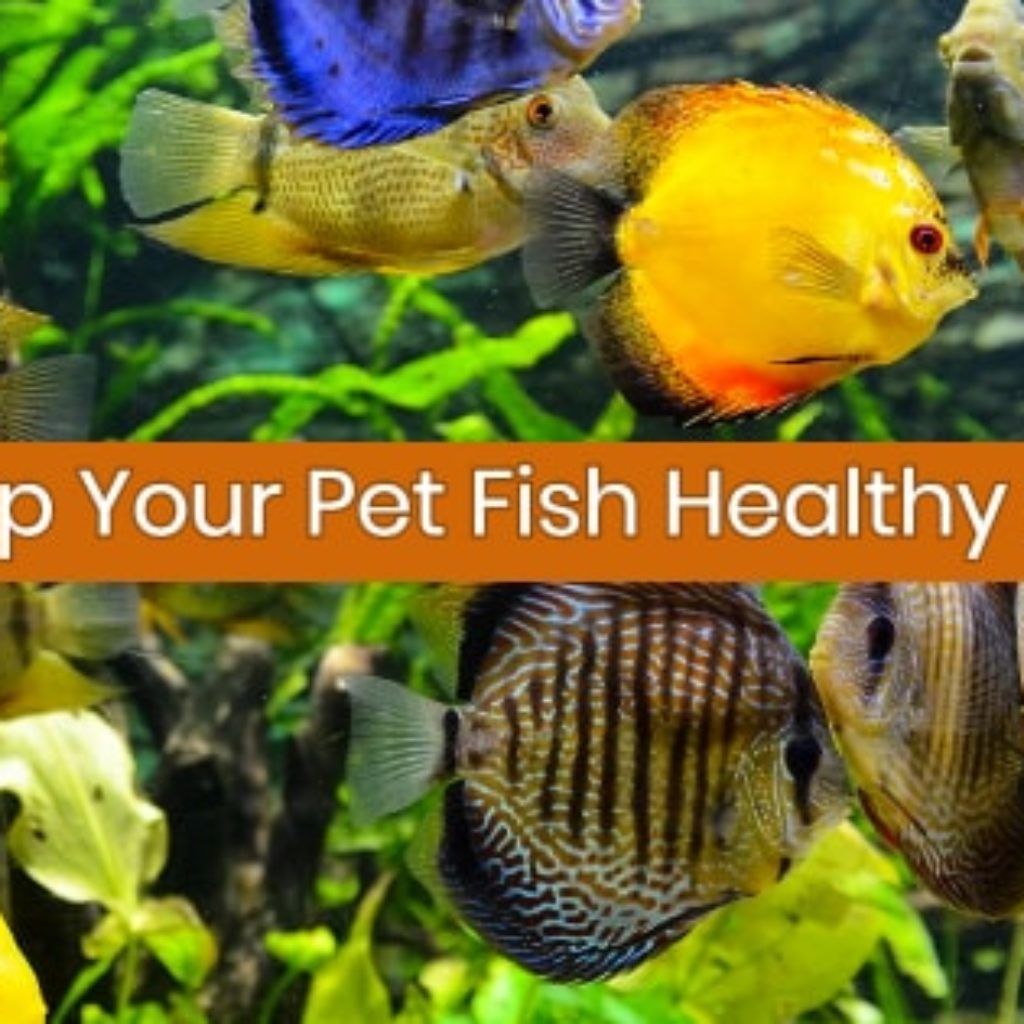One Fish Two Fish Green Fish Blue Fish: How to Keep Your Pet Fish Healthy and HappyFish make some of the best pets. How do you keep your pet fish healthy and happy? Check out this guide to find out.

Freshwater fish were the most popular pet in America last year. There were 139.3 million fish in American households. That’s more than dogs and cats! But contrary to popular belief, fish aren’t just pets you throw in a glass bowl with some water and call it a day. They require special care, and every species should be cared for uniquely.
If you’re considering buying a pet fish, there’s definitely a good and bad way to be a fish parent.
Here are the essential tips for having a healthy and happy fish!
Bring Your Fish Home the Right Way
Fish are sensitive animals. Taking them from a store to a bag, to your car, to a completely new environment can be stressful, even deadly for a fish. There’s a right and wrong way to introduce a fish to a new home.
Before even purchasing the fish, call the store to verify water levels to ensure that your aquarium at home is balanced appropriately (more on this below).When you do take the fish home, “float” the bag the fish is in for 15 minutes to an hour to give your fish time to acclimate to the temperature of the water.
Next, slowly add water from the aquarium into the bag to further acclimate your fish. Eventually, let the full bag down into the aquarium, and slowly remove it and allow the fish to swim out.
Keep Water Healthy
A lot of people think they can just bring fish home, plop it in a tank with water from the sink, and that’s it.
But regular tap water isn’t the same water fish are wiggling down in a stream. It’s typically full of different minerals and traces of chemicals that can be deadly to a pet fish.
Start by conditioning the water, you can find pellets and treatments for this at your local pet store.
These treatments will help bring water levels to a healthy pH and eliminate harmful additives in your water. Different fish need different pH levels, so do your research first.
Next, you need to get the water temperature in your aquarium right. Water temperature is incredibly important for keeping your fish alive. Ensure that your aquarium is in an area where the temperature can be controlled. Don’t leave it by an air conditioning vent or a sunny window.
Different types of fish require different water temperatures. A tropical fish aquarium will most likely need a heater, whereas a freshwater fish will likely do fine without one.
Again, do research about your breed.
Create an Environment
Aquarium decor should be functional, as well as aesthetically pleasing. Like all animals, fish are prone to certain behaviors and need environments that cater to their needs.
Create enough space for your fish. The more fish you plan to put into an aquarium, the more space you’ll need. Be sure to research which fish species can live harmoniously with each other, and what their estimated growth size is.Too many fish in a small space can also reduce the amount of oxygen in the water to unhealthy levels.
Typically, you want several gallons of water per fish.
When choosing decorations, try to recreate a natural environment. If your fish is naturally found in a flowing stream, you will want to choose items like river stones, and be sure to have water always moving and flowing.
If the fish is usually found in a tropical coral reef, you can use artificial plastic coral decor.
Feed Your Fish the Right Foods
Generic fish flakes won’t be enough if you really want your fish to flourish.Different species of fish have different nutritional needs, much like any pet does. Research what they actually need and what the best ways are for them to get it. You will most likely find yourself buying food from a specialty store, along with treats like produce or raw meats.
Manage Algae and Bacteria
Bacteria and algae can be good and bad for your fish tank.Algae needs oxygen to thrive, and too many algae can take too much oxygen from fish. This is why you need to monitor and manage algae growth, if left unattended it will definitely overgrow.
But algae like macroalgae can also help improve an aquariums pH levels, can help manage bacteria levels and can be eaten by some fish, shop here for macroalgae and other “good” algae for fish.
Not all bacteria is bad. Some are actually essential to the functions of a natural ecosystem.
Clean the Aquarium Properly
It’s important to clean aquarium water at least once per month. It’s recommended that you change 25 percent of your aquarium water during every cleaning. This will help regulate bacteria and chemical levels. Be sure to clean rocks and pebbles, a lot of dirt and waste gets trapped underneath them. You can use a gravel vacuum, or if you are able to transfer fish to a temporary tank while cleaning, rinse and clean rocks in fresh, clean water.
Be sure to scrub the tank clear, to remove any lingering bacteria or excess algae. Be sure to check your filter regularly, and to clean it. Filters are prone to clogging and other issues.
Owning a Pet Fish
Fish can be an excellent pet for owners who are committed and able to maintain tanks and aquariums. Pet fish bring an unparalleled aesthetic to space when they are properly cared for.
For more information about different types of pet goldfish, equipment, food, and aquarium plants, check out the rest of our website!

